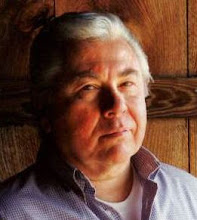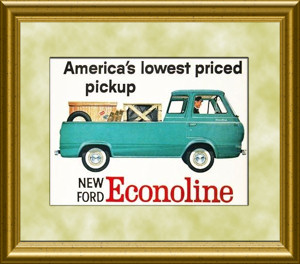Before I disassembled the tie rod for straightening, sandblasting and painting, I carefully measured the length of the tie rod with the ends still mounted in their original positions. The measurement was exactly 52 - 5/16" between the centers of the Zerk fittings.
 When I mounted the new tie rod ends I used that same measurement and I have to believe that the toe-in setting will be very close to the factory specification. I plan to take it to a front end shop just to make sure the setting is perfect. How close will I be?
When I mounted the new tie rod ends I used that same measurement and I have to believe that the toe-in setting will be very close to the factory specification. I plan to take it to a front end shop just to make sure the setting is perfect. How close will I be? As always, you can see larger versions of these photos at my Flickr website. Be sure to return to this page by using the "Back" button on your browser.
As always, you can see larger versions of these photos at my Flickr website. Be sure to return to this page by using the "Back" button on your browser.
































